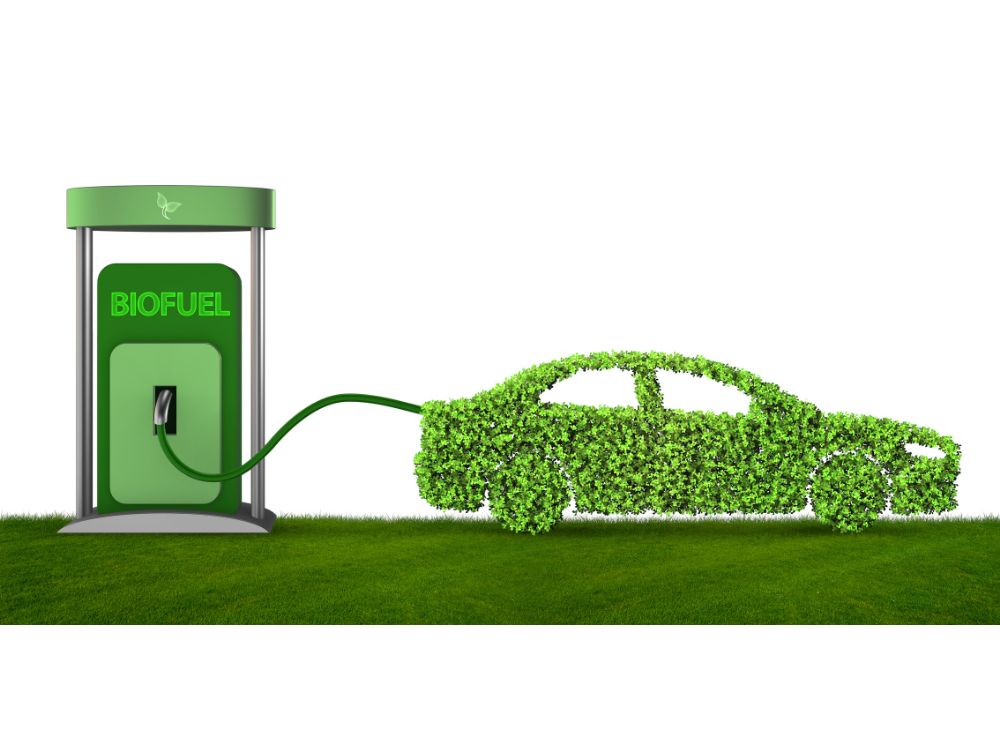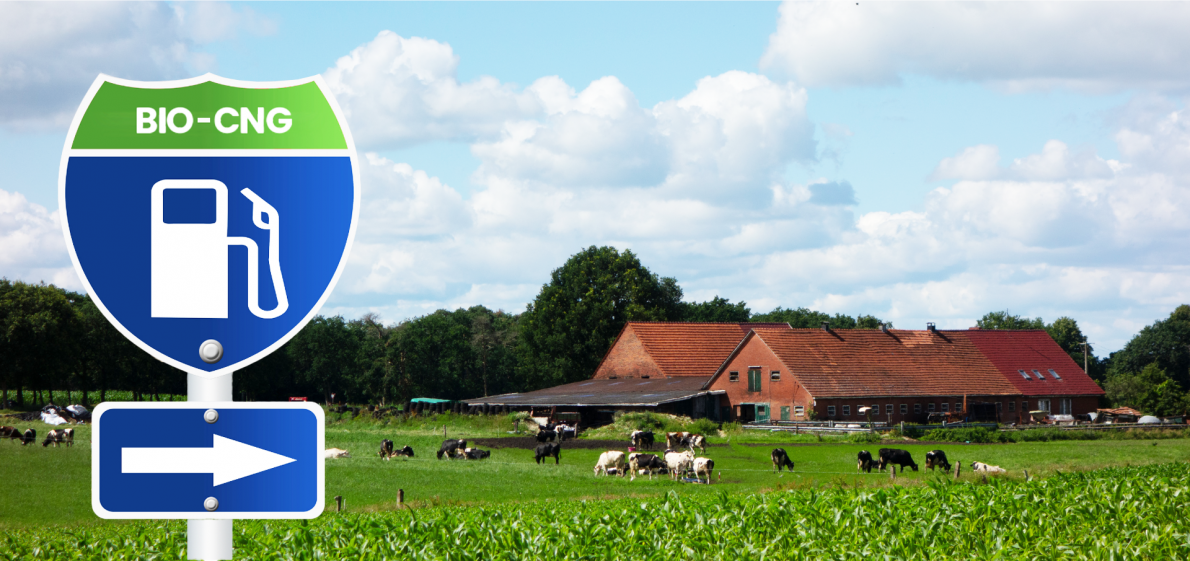Alternative fuels: Overview of the differences
The renewable fuel biomethane is surrounded by a multitude of abbreviations for products of various kinds. In order to keep an overview, the explanations of all necessary abbreviations can be found on the following definition page.
CNG
The abbreviation CNG stands for Compressed Natural Gas which means compressed natural gas. Around 98 % of the gaseous CNG consists of methane, most of which is covered by natural gas. Biomethane and synthetic methane usually make up a smaller proportion. CNG can be used by cars or trucks with a gasoline engine that is converted to a natural gas/ CNG powertrain.
converted to CNG. In passenger cars, VW and Fiat have a number of CNG-powered production vehicles. In the truck sector, Scania and Iveco have a strong CNG presence and New Holland will soon be launching a 180 hp CNG-powered tractor in series production. There is already a nationwide network of CNG filling stations in Germany, with almost 900. CNG is therefore the only alternative fuel with a nationwide network of filling stations that significantly reduces CO2 emissions. CNG can thus reduce CO2 emissions by up to 25 % compared with diesel.

Bio-CNG
Bio-CNG stands for Bio-Compressed Natural Gas. It has the same qualities as CNG, but consists of 100 % biomethane. Biomethane is formed by the fermentation of organic waste or slurry in a biogas plant. Cars or trucks powered by CNG can easily be fueled with bio-CNG. One advantage of bio-CNG is its low greenhouse gas emissions, which are more than 90 % lower than those of diesel propulsion. This makes Bio-CNG one of the most climate-friendly types of propulsion.
LNG
The abbreviation LNG stands for Liquified Natural Gas. Unlike CNG, LNG is not gaseous but liquid. It is characterized by a high energy density and good storage properties. It is predestined above all for heavy-duty transport and shipping. It becomes liquid at a temperature of below -162°C
and due to the high energy density, LNG trucks can achieve a range of over 1500 km. Trucks powered by LNG are already in series production by the Scania and Iveco brands. Similar to CNG, LNG reduces greenhouse gas emissions, but with less than 40 filling stations, there is not yet a comprehensive filling station network for LNG.

Bio LNG
Similar to Bio-CNG, Bio-LNG consists of 100% of biomethane. Bio-LNG has similar material properties as LNG. The farmer can liquefy the bio-LNG directly at the biomethane plant or deliver the biomethane to a collection point. The potentials for bio-LNG are very large, because e-mobility has been difficult to realize so far, mainly due to the high weight of the batteries in heavy-duty and marine transport.
LPG
Autogas, also known as Liquid Petroleum Gas (LPG), is a liquid gas consisting mainly of butane and propane. It is intended for use in internal combustion engines after conversion and is a byproduct of oil and gas refining. Unlike CNG, LPG does not have a climate-friendly option; nevertheless, CO2e emissions are 15 % lower with LPG than with gasoline propulsion.
PTG
PTG stands for Power to Gas. Power to gas plants can be used to produce various fuels using electrical energy, including hydrogen and synthetic methane. The current problem with PTG plants is that the greenhouse gas balance of the fuels produced is worse with the German electricity mix than with gasoline or diesel.

